In an era obsessed with maximalism, algorithm-driven fast fashion, and futuristic techwear, the return to something slow, delicate, and almost domestic feels radical. The resurgence of lace,crochet, and tablecloth-inspired fabrics is not just a trend—it’s a subtle reclaiming of craftsmanship, femininity, and intentional beauty. Worn with elegance and dignity, these materials evoke the charm of bygone eras while holding space for a future that values softness as strength.
This sentiment is perfectly captured in a portrait of a woman radiating joy on a cobbled street. Clad in what could only be described as an heirloom in motion—a gown of intricate lace, dreamy tulle panels, and vintage sensibility—she looks as though she stepped out of a Wes Anderson daydream, or perhaps into a Jonathan Anderson fashion tableau. The result is timeless.
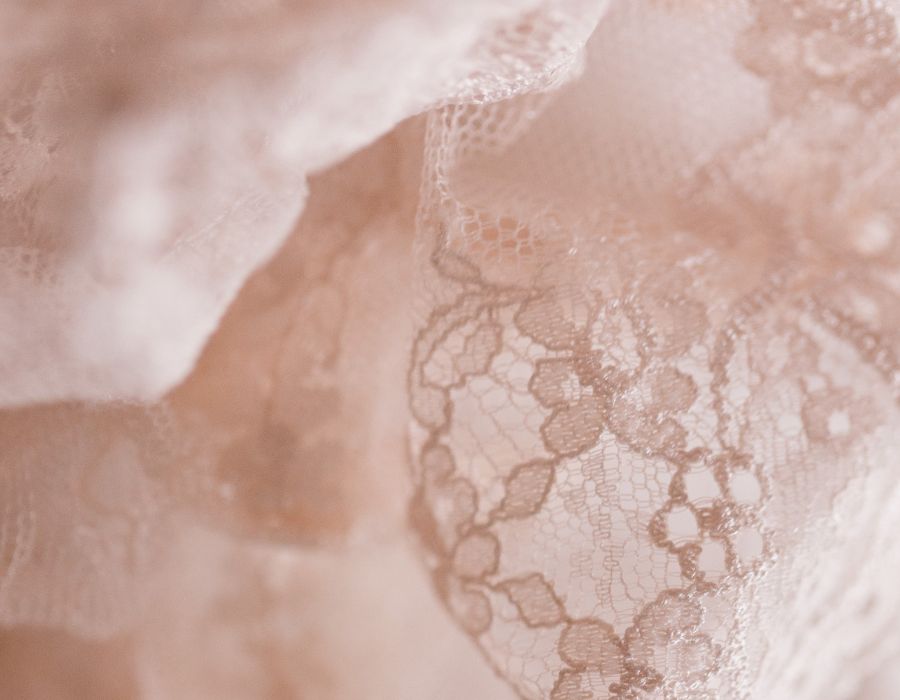
The Romance of “Tablecloth Fabric”: From Heirloom to Haute Couture
What was once confined to grandma’s Sunday table or hand-me-down linen chests is now being elevated by contemporary designers. The term “tablecloth fabric” has become a loving nickname in fashion circles for materials like:
Lace – especially guipure or Chantilly, which are known for floral or geometric intricacy
Crochet – handcrafted, looped fabric, often thick and artisanal
Cutwork or Broderie Anglaise – embroidery that mimics lacework
Tulle Panels – airy mesh inserts that add softness and structure
These textiles used to carry heavy nostalgic baggage. Now, they’re being reimagined through modern silhouettes, minimalist palettes, and transparent layering.
Designers like Simone Rocha, Jonathan Anderson (Loewe), Erdem, and Molly Goddard have embraced the “antique-modern” paradox, using these textiles in unconventional ways—pairing them with leather boots, minimalist accessories, or deconstructed cuts. It’s Victorian with a twist. It’s vintage, but reinterpreted.
The Anderson Aesthetic: Precision Wrapped in Whimsy
Whether it’s the literal Jonathan Anderson, whose brand Loewe has leaned heavily into tactile experimentation with lace overlays and handcrafted textiles, or the more cinematic Wes Anderson tone—defined by symmetry, nostalgia, and innocence—there’s something undeniably Andersonian about wearing fabrics that whisper instead of shout.
These garments say:
“I am soft, but I am structured.” “I come from tradition, but I don’t live there anymore.”
The woman in the photo embraces this fully: her sleeveless dress, composed of cream tulle and finely cut lacework, echoes the delicate detailing of a hand-stitched doily. But the styling—clean face, slicked back waves, sculptural gold jewelry—makes it feel fresh, and even avant-garde.
Why Tulle and Lace Speak Louder Than Sequins
In today’s fashion climate, the pendulum swings between flamboyant displays of wealth and an aching for authenticity. Lace and tulle may seem demure at first, but they carry centuries of cultural memory, artistry, and symbolism. Wearing them is not performative—it’s powerful.
Here’s why:
1. Craftsmanship over Commerce
Unlike mass-produced polyester, crochet and lace require time. Each stitch speaks of intentionality. It’s a rejection of disposability.
2. Layered Meanings
Lace has long been associated with both purity and sensuality. In the same garment, it can suggest vulnerability and strength.
3. Contrast is Key
The modern take? Wearing a lace dress not with pearls, but with combat boots. Pairing a crochet top with wide-leg denim or a tailored blazer. That friction makes it exciting.
4. Sheer Intelligence
Tulle panels play with opacity, modesty, and silhouette. When draped with precision, tulle can soften harsh lines or bring movement to static forms. Designers like Pierpaolo Piccioli (Valentino) use tulle like sculptors use clay.
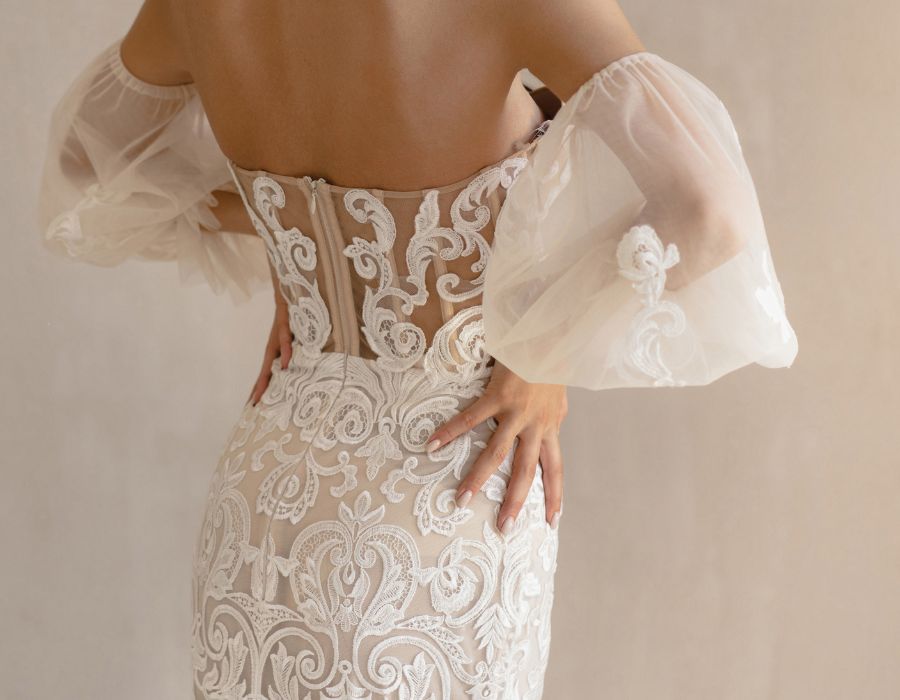
Styling Tips: Bringing Grace into the Everyday
To translate this look into your wardrobe, consider the following:
1. The All-White (or Cream) Palette
A monochrome cream or ivory look feels serene, intentional, and seasonless. Let the texture—lace, crochet, tulle—do the talking.
Pro tip: Break the bridal association with modern accessories—geometric earrings, minimal sandals, or a sharp leather bag.
2. Structured Silhouettes Meet Soft Textures
To avoid appearing overly vintage or costume-like, choose modern cuts:
Boxy lace tops with structured trousers
Lace slip dresses under oversized trench coats
Crochet pencil skirts with cotton poplin shirts
3. Tulle Layers and Panel Magic
Tulle isn’t just for ballerinas. Designers now integrate it in:
Skirts with layered asymmetry
Dresses with sheer sleeves or panels at the waist
Evening coats with tulle peeking beneath the hem
Pro tip: Tulle works beautifully in motion. Choose pieces that move with you, not against you.
4. Play with Vintage Jewelry
This kind of fabric begs for storytelling. Opt for heirloom-style jewelry—cameos, chunky gold,
“Lace remembers. Tulle dreams. Crochet speaks in silence.”
#VintageModern #LaceElegance #SoftPowerStyle
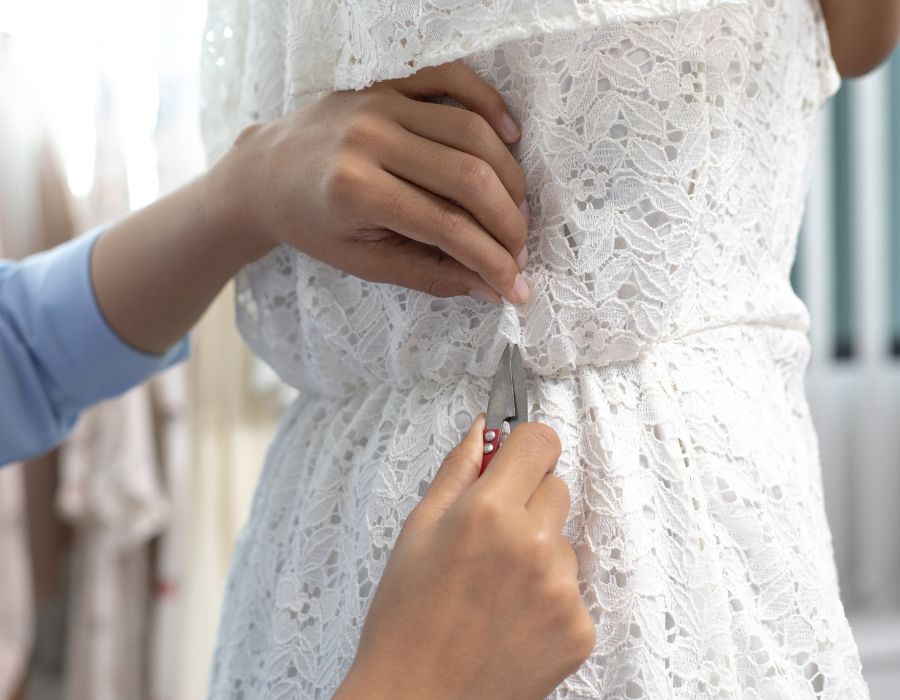
The Psychological Power of Softness
There’s also a deeper cultural undertone to this trend: a quiet rebellion against harshness. In a world that often rewards volume, dominance, and speed, wearing something slow, soft, and intricate can be its own act of resistance.
Lace isn’t just pretty. It’s protective. Tulle isn’t fragile. It’s architectural. And crochet isn’t grandma’s hobby anymore—it’s a movement.
This shift is echoed in fashion psychology as well. Studies have shown that textural clothing enhances emotional connection and comfort. Wearing tactile fabrics like lace and crochet creates sensory grounding, especially in overstimulated environments.
Fabrics With a Future: Sustainable Elegance
Many lace and crochet items are now created through slow fashion practices, handwoven methods, and even upcycled vintage linens. If you’re looking to wear the look responsibly:
Shop from sustainable labels like Bode, Mara Hoffman, or Cecilie Bahnsen
Visit vintage stores or repurpose lace table runners into fashion items
Seek out local artisans who specialize in lace or crochet techniques.
Conclusion: Wear It Like a Legacy
Fashion trends come and go, but there’s something enduring about the fabrics our grandmothers cherished. Reimagined with courage and clarity, lace and tulle aren’t just nostalgic—they’re futuristic. They remind us that style doesn’t need to scream. It can whisper and still be heard.
And just like the woman in the photo—joyful, elegant, and fully herself—you don’t need to follow trends to make a statement. You just need to wear your softness like strength.

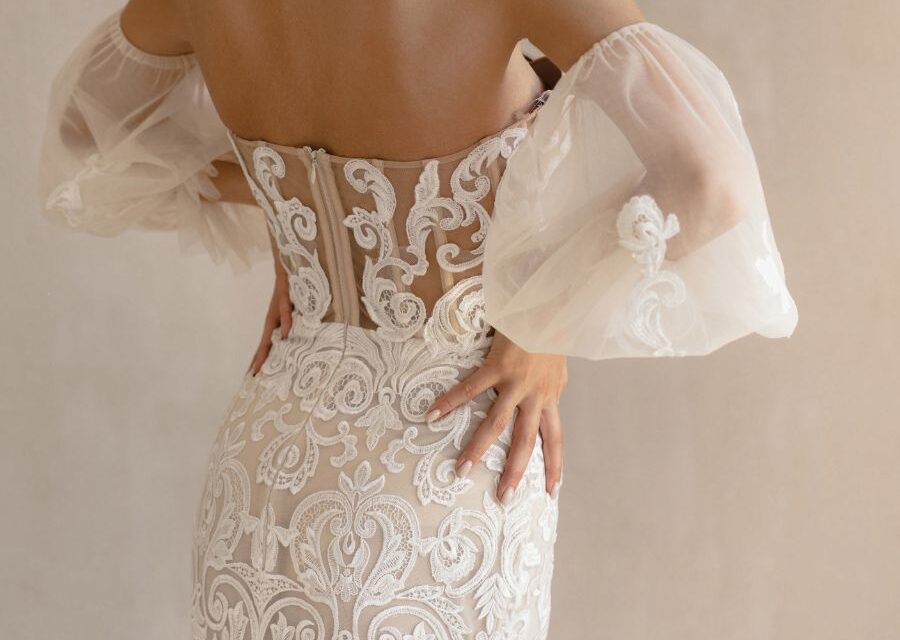

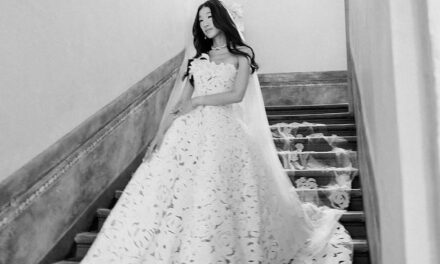
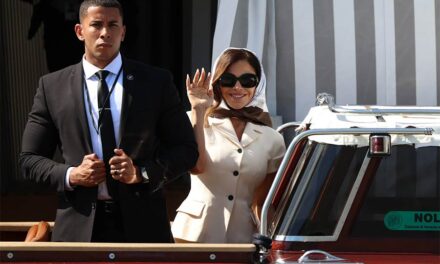

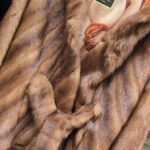


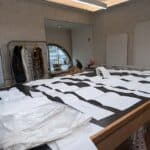






You must be logged in to post a comment.